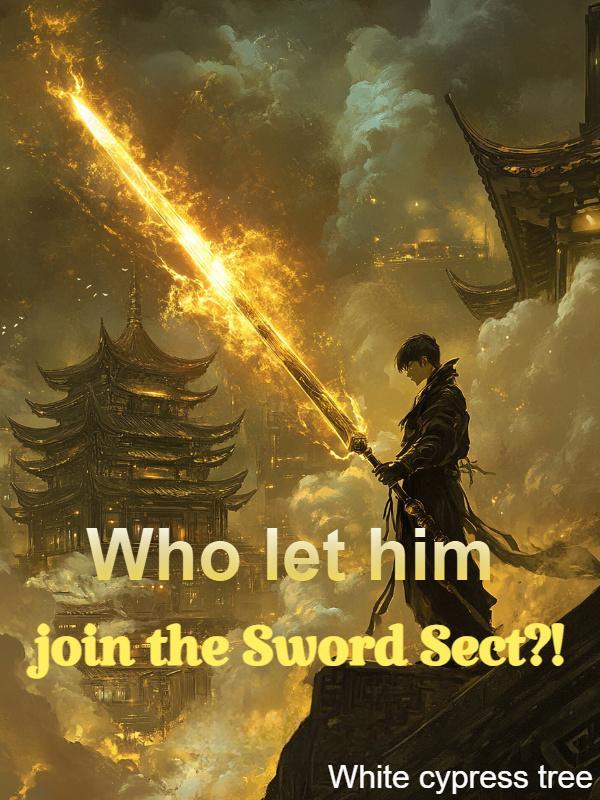When the Doctor Uses A Hack-Chapter 974 - 976 Problem Detected (Extra 2 for Qingyan
Chapter 974 -976: Problem Detected! (Extra 2 for Qingyan Xiaoguan)
Chapter 974 -976: Problem Detected! (Extra 2 for Qingyan Xiaoguan)
Biliary-intestinal anastomosis, as an important part of digestive tract reconstruction, cannot be said to be very difficult, but it is certainly very important.
As for digestive tract reconstruction, the most challenging surgery is arguably the pancreas-gastric anastomosis, and the pancreaticoduodenectomy is one of the most difficult surgeries.
The difficulty of digestive tract reconstruction actually revolves around the small intestine!
Naturally, this difficulty lies in the handling of the small intestine.
Small intestine anastomosis may seem the simplest, but as the central link, it turns out to be the hardest.
Because it connects the stomach, biliary tract, and the pancreas,
these three important digestive organs, along with the small intestine, already make up ninety percent of the digestive tract.
As for colorectal anastomosis, it seems that it has never been given much attention by everyone.
Initially, Chen Cang had thought the difficulty of digestive tract reconstruction wasn’t high, but as he delved deeper, he increasingly realized that the difficulty seemed much higher than he had imagined!
Otherwise, it wouldn’t have plagued gastrointestinal surgery for over a hundred years, and to this day, there hasn’t been a better solution.
At this time, when Chen Cang looked back, he suddenly realized that the expansion pack of pancreatic surgery skills he had originally obtained was indeed a huge advantage.
The hardest problem seemed to be the one he solved first.
After the surgery began, Chen Cang was meticulous in holding the Mirror.
Gallbladder surgery under laparoscopy is actually quite challenging.
Take, for instance, the patient at hand whose biliary stricture was caused by accidental damage to the bile duct during the initial gallbladder removal surgery, leading to bile duct constriction, bile stagnation, and subsequently, jaundice.
And under laparoscopic surgery, bile duct injury seems to have become a very serious issue.
It’s no longer a matter for one person but has become an industry problem.
Thinking this, Chen Cang no longer rushed about looking for shortcuts or whatnot, he hoped to use his own mirror-holding skills to observe the gallbladder and see if the chances of biliary tract injury could be reduced!
Chen Cang decided to settle down and began watching Austar’s surgery.
After exposing the bile duct under laparoscopy, careful dissection was required.
Since blood vessels densely surround the bile duct, with several vessels passing through it, caution and care were imperative.
Austar, during the surgery, didn’t let down his guard because it was his forte; on the contrary, he was extremely conscientious.
At that moment, Chen Cang suddenly said, “Professor Austar, what do you think is the primary cause of bile duct injury during biliary and gallbladder surgeries?”
This question made Austar fall silent!
Surgical injury to the extrahepatic bile duct accounts for 80% to 90% of extrahepatic bile duct strictures.
Postoperative inflammation, infection, and ischemia around the bile duct only account for 10% to 20%.
Then, why does injury occur?
This is a very important question!
Given such a high injury rate, why not conquer this challenge?
Austar thought about this and couldn’t help saying, “This is a problem!”
At his words, Ma Yuehui couldn’t help but roll his eyes!
He had thought something more profound would be said.
At this time, He Zhiqian, acting as an assistant, also began to ponder.
Surgery for treating iatrogenic bile duct strictures is always a redo of biliary surgery, some even up to more than ten times, making it an extremely difficult operation.
It is certainly not a surgery that can be successfully completed on the first attempt, including the patient at present who had already undergone one three years ago!
All four of them started to think.
After a moment, Austar said, “Maybe it’s still a matter of the operative field, huh?”
He Zhiqian also nodded, “Hmm, even with open surgery, when dealing with the gallbladder, due to reasons such as dense liver and blood vessels, handling the Calot’s triangle area can easily cause injury to the bile duct.”
During the handling of the common bile duct, Chen Cang suddenly said, “Wait a moment, I’ll give you a different angle, then you can proceed!”
As the separation entered the lesser omentum, Chen Cang led with the laparoscope. At that moment, Chen Cang rotated the fiber optic cable, and quickly, the knots from previous surgeries and the scar nodules at the stricture of the bile duct appeared on the screen.
Seeing the stricture, Chen Cang fell into deep thought.
Why would there be damage here?
Thinking about it, he quickly said, “Let’s look at the place where the perforation was made last time.”
Suddenly, Austar’s eyes lit up.
The marks left by several abdominal surgeries appeared.
Chen Cang looked at the marks, while Austar swiftly identified which was the operational port and which was auxiliary.
Chen Cang’s eyes widened as he studied the four-dimensional image, pondering nonstop…
At this time, he realized how powerful his four-dimensional image was!
It was clearly a simulated structural diagram.
Through the three holes, he even began to simulate the surgery from that time.
After a few minutes, Chen Cang had thought of dozens of possible injuries.
This… made no difference compared to not having thought at all.
Dozens of surgical possibilities were clearly not representative; he needed to find a commonality in the injuries!
Realizing this, Chen Cang understood that this was no longer a problem that a single surgery could solve; it might require more surgeries to verify.
Chen Cang then said straightforwardly, “Professor Austar, you handle it, I’ll give you the view!”
Austar nodded, the problem posed by Chen Cang also plunged him into deep thought.
Seconds and minutes of the surgery slipped away.
Chen Cang continued to demonstrate his laparoscopic skills, considering all structures and tissues as much as possible.
Austar’s choledochojejunostomy went very smoothly!
It was the first time Austar had been personally assisted by Chen Cang with the laparoscope and was truly feeling how incredible Chen Cang’s scope-holding technique was!
At every step, Chen Cang could even foresee it in advance.
Blood vessels, ligaments, liver, bile duct… any tissue that could possibly be injured, Chen Cang would illuminate the field of view in advance with laparoscopic techniques and provide a warning!
The laparoscope was like the eyes of the chief surgeon, and as the scope holder, Chen Cang turned the chief surgeon’s eyes into a 360-degree camera without any blind spots!
As a result, the following parts of Austar’s surgery went very smoothly!
Austar also felt that today’s surgery was unprecedentedly fluid, capturing every detail perfectly.
All of this, naturally, was thanks to Doctor Chen.
For a moment, Austar had a premonition; could Chen Cang possibly perform this kind of surgery even better than he could?
Thinking this, Austar looked up at Chen Cang, only to see him with tightly furrowed brows, evidently engrossed in thought!
Suddenly, Austar felt a jolt in his heart, his eyes unavoidably filled with more concern.
Could it be… that his performance in the surgery had once again failed to satisfy Doctor Chen?
With this thought, Austar suddenly became even more apprehensive, performing the surgery with even greater precision and seriousness!
The surgery concluded quickly!
Yet, Chen Cang still said nothing, which made Austar feel even more anxious!






